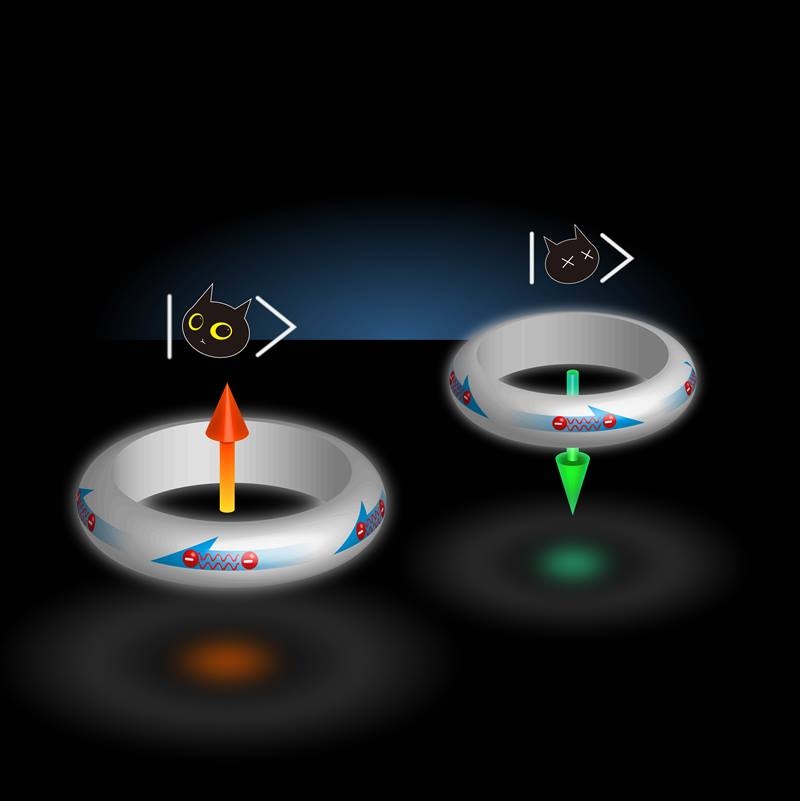The Science
The Impact
Classical computers process information using binary states (0 and 1), called bits. Quantum computers use quantum bits (qubits). However, a qubit can be both 0 and 1 at the same time. Qubits enable quantum computers to perform certain calculations at speeds many times faster than a classical computers. However, large-scale quantum computers need qubits that are much more stable than those currently available. Scientists are researching many different possible approaches to qubits, including photons, trapped ions, loops of superconducting material, and Majorana fermions. Majorana fermions are a promising candidate for stable qubits.
Summary
Scientists are currently looking for material systems that can support long-lived, coherent quantum phenomena that can be used for the development of qubits for future quantum computers. One actively investigated system is based on Majorana fermions. In condensed matter physics, Majorana fermions are quasiparticles that are their own antiparticles, a fascinating quantum property. Because they always come in pairs, entangled Majorana quasiparticles could store quantum information at two discrete locations. For example, it could store data at opposite ends of one-dimensional wires. Scientists have suggested that Majorana fermions might exist in a spin-triplet superconductor (a superconductor in which pairs of electrons align their spins in parallel, resulting in a net total spin). In this research, scientists observed a half-quantum flux or half-quantum step when measuring the influence of a magnetic field on patterned rings of thin films of β-Bi2Pd. This observation proves unconventional Cooper pairing of electrons. The half-quantum flux was first observed in high-temperature copper-oxide superconductors. Other experiments reported in the literature are also consistent with spin-triplet pairing in this material. Spin-triplet superconductors have the necessary but not sufficient potential to host topologically-protected Majorana fermions. These quasiparticles could serve as a platform for the development of stable qubits for quantum computers with long coherence times and robustness toward atomic perturbations. What makes the half-quantum flux superconducting ring especially attractive is that such a field-free qubit device may enable practical applications of flux qubits for quantum computing.
Funding
This work was supported by the U.S. Department of Energy (DOE), Basic Energy Sciences, including the SHINES Energy Frontier Research Center. E-beam lithography was conducted at the University of Delaware Nanofabrication Facility (UDNF) and the NanoFab laboratory of NIST (CNST).
Original post https://alertarticles.info


